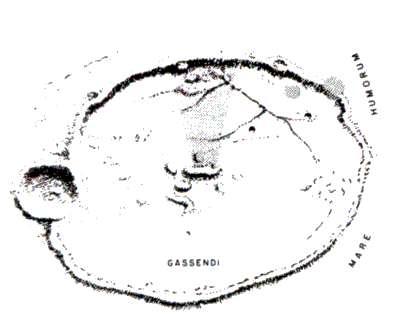 |
Science Frontiers ONLINE No. 127: Jan-Feb 2000 |
|
|
Aristarchus blushes for clementine
In SF#126, we digested an article from Sky & Telescope entitled "The TLP Myth." The strong implication was that TLPs (Transient Lunar Phenomena) are observer illusions. Anomalists instinctively bristle at such dogmatic assertions. Especially with TLPs, because hundreds of light flashes and color changes have been seen on the moon by reliable astronomers ever since Galileo made his first telescope.
A satisfying rebuke to the TLP naysayers was recently delivered by JPL's B. Buratti at the October 1999 meeting of the American Astronomical Society in Padua, Italy. Her specific TLP occurred on April 23, 1994. At that time, about one hundred amateur astronomers noticed a 40-minute darkening near the edge of the bright lunar crater Aristarchus. Happily, when this hundred-fold "illusion" took place, the lunar satellite Clementine was mapping the area around Aristarchus. Defying the dogmatists, Buratti scrutinized the Clementine data again. Sure enough, Aristarchus had really turned redder after the TLP reported by the amateur astronomers.
Such lunar color changes are readily explained as due to eruptions of pockets of gases trapped below the moon's surface. These blow-outs can spread colored dust over areas extensive enough to be visible through the small telescopes used by amateur astronomers.
(Seife, Charles; "Moon Mystery Emerges from the X-Files," New Scientist, p. 22, October 23, 1999.)
Comment. In this context of overly rigid dogma, we repeat a truism voiced by physicist R. Feynman:
"Scientific knowledge is a body of statements of varying degrees of certainty -- some most unsure, some nearly sure, none absolutely sure."
 | The shaded area marks a color phenomenon seen in the crater Gassendi April 30, 1966. (From The Moon and the Planets). |